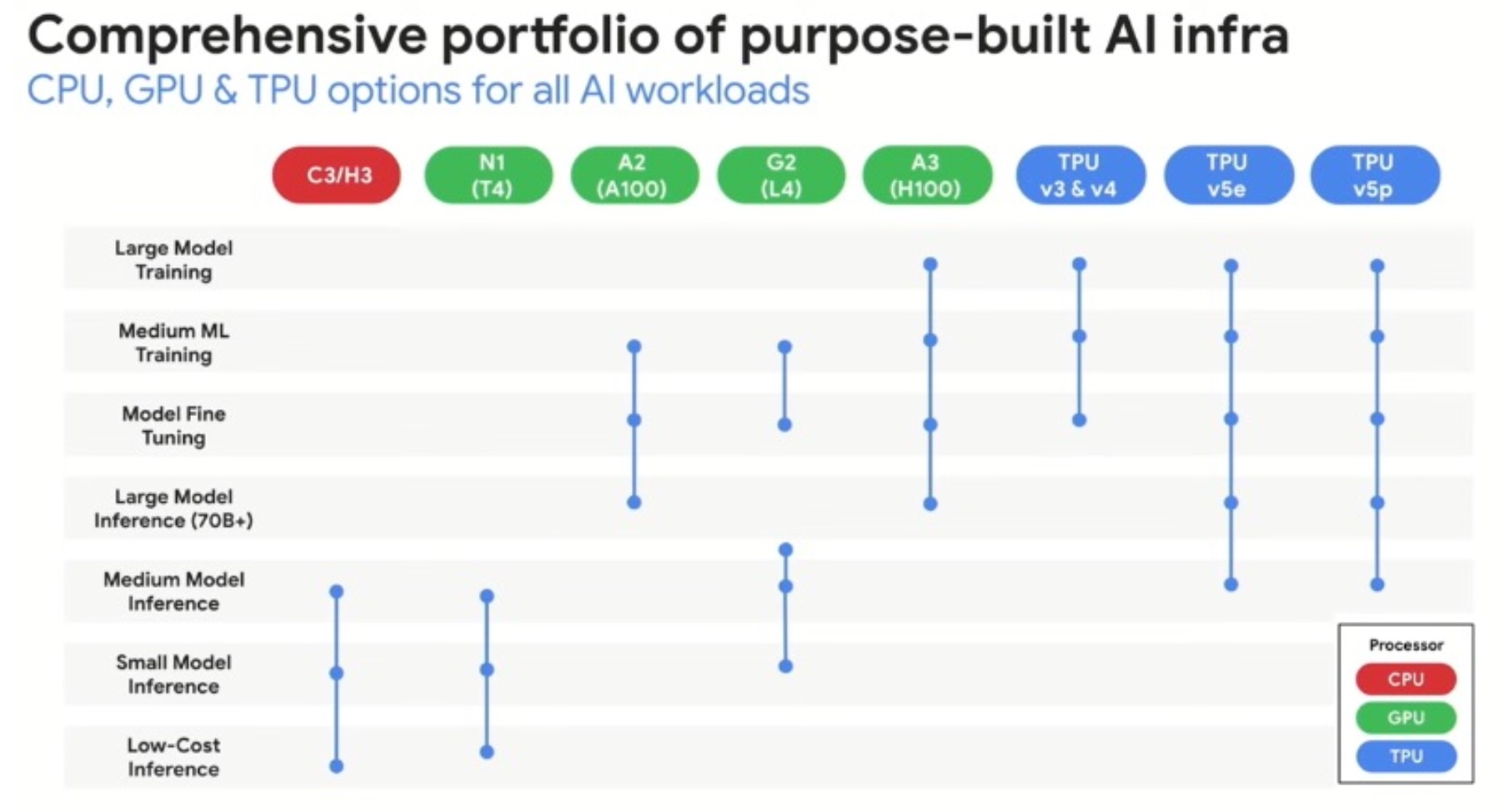
Image Credit: PaintImpact
The past few years have seen some exciting advances in augmented reality. Probably the most visible to the public was the runaway success of Pokemon Go. This took the popular Nintedo franchise and allowed you to see them projected onto physical reality via a smartphone screen.
Since then we’ve seen hardware try to catch up to the exciting potential of AR. Microsoft has been slowly releasing its Hololens hardware, making it available to developers. Heck you can even rent one now. Even the mythical AR of Magic Leap seems a little closer to production these days. The company is certainly acting like it’s not complete vaporware, striking content and distribution deals for it’s future hardware. Intel has even given a look into their AR vision with their Vaunt hardware. While not quite at a consumer level, it’s the first hardware that looks to add some form of AR into a non-obtrusive headset.

Magic Leap: Maybe Not VaporwARe! Image Credit: Magic Leap
But while a historic lack of hardware for AR may have proved an existential platform for the medium, it’s actually the software side that has seen the greatest upheaval in recent years. After all, having a sleek headset is one thing, but if you have to program each new application from scratch, you’re still not going to see much uptick. But in 2017, Apple, Alphabet, and Microsoft all released major software platforms that will allow developers to not have to build AR experiences from the ground up. ARKit, ARCore, and Mixed Reality Capture Studio will lower the barrier to entry to any prospective developer, with Apple and Alphabet already having a massive install base of hardware to help make that profitable.
So, given emerging hardware and software support, is 2018 set to be the mythical Year of AR? It’s probably still too soon for that. But given that developers will have over a year to play with the new SDKs, hardware will continue to be refined, and Magic Leap might actually ship something, there’s a reasonable case to be made that 2019 might be the year. The problem now is that it’s really easy to get an AR gimmick off the ground, but more meaningful experiences take time. So we’re seeing lots of AR masks on Snapchat, Instragram, and iMessage, but not much that’s meaningful.

Ikea AR
We’ve seen two recently examples of companies leveraging these AR SDKs to create interesting experiences. Both Ikea and Art.com have updated their apps to solve the age old problem of their business models. Their items look great online, but how will they fit inside your home. Now with AR support, customers can literally visualize how they’ll fit into their decor.
Outside of gaming and entertainment, retail applications for AR could be truly transformative. It could change how stores are laid out, with less of a need for physical stock to display, and the ability to quickly compare scale and scope of an item in “physical” space. While this won’t be transformed overnight, if apps like Ikea and Art.com prove successful as a sales channel, it will cause a lot of other companies to start planning in that direction.
AR and its ersatz cousin VR are nothing new. Gaming has made several attempts at integrating both into consumer products, from the terrible Virtual Boy to the add-on Playstation Eye. But these are suffered from either inadequate hardware, difficult software, or both. But 2017 showed that we’re moving into an age of maturing hardware and standardizing around a few SDKs from major companies. I don’t know if we’ve left the “Wild West” of AR. There are still too many unsettled questions around hardware form factors and use cases. But I think we have a good understanding of what the landscape will be in the coming years. Whether mass adoption takes off in 2019 will be a matter for developers and consumers to decide.
I’d like to thank Patric Palm of Favro for providing background for this article.




